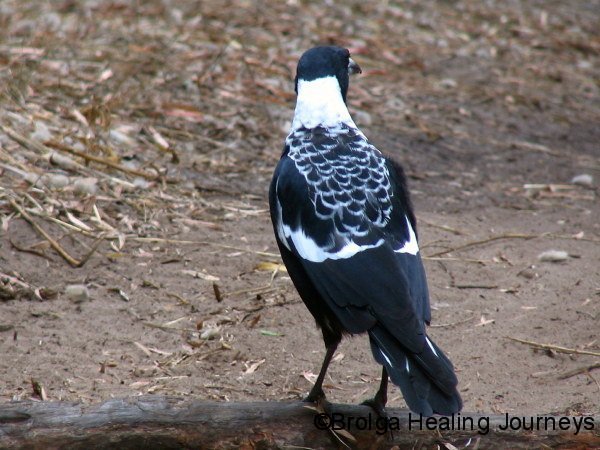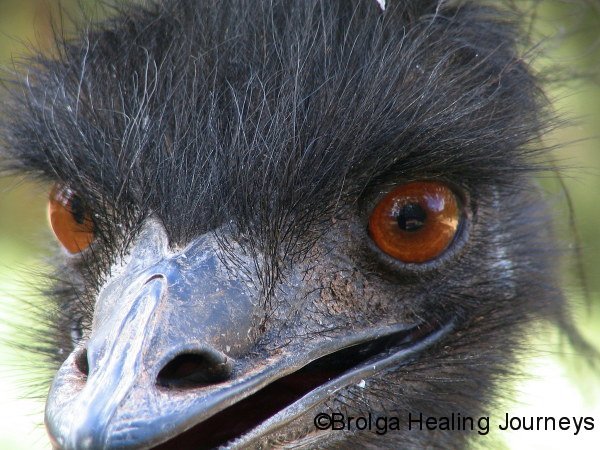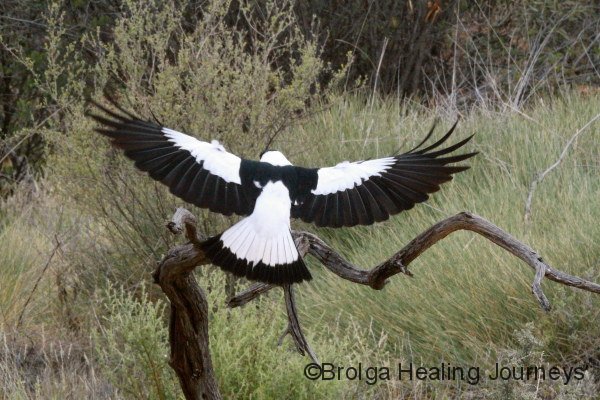
Here is the first of our series of photographs of Australian native birds. It is fitting that these birds should appear first, because the first birds Nirbeeja had in her care were orphaned baby Magpies.
Some members of this group, notably the Pied Currawong and the Crow, are unfairly maligned due to their habit of preying upon the young of other species. But this is their role in nature, and they have their own young to feed. It is only when, in places like Canberra, human interference disturbs their natural environment that they can become pests and reach unusually high numbers. Interestingly, Currawong chicks that Nirbeeja once had in her care were among the most affectionate birds we have encountered, yet this species is despised by an enormous number of people.
No doubt any Ornithologists out there will take issue with our inclusion of Peewees (also known as Magpie Larks and Mudlarks) in this group. I believe, strictly speaking, they are classified in the Flycatcher/Wagtail group. We have included them here because of their colouring, and because their feisty, bossy behaviour seems somehow appropriate to this group.
We have many stories about the Magpies we had the pleasure to have in our care in Canberra. We hope, eventually, to share those stories on the website.
We also hope, in time, to add recordings of birdsongs to the site. The carolling of the Magpie is one of the most beautiful songs in the Australian bush, though it is matched in beauty by the fluting, melodic and leisurely paced song of the Butcherbird. We both love watching the Butcherbird stretch its neck upwards, take a deep breath, and then release its sweet song.

 No collection of Australian bird photgraphs would be complete without the Emu. The Emu, Australia’s largest bird, is included in the Australian Coat of Arms, because along with the Kangaroo, it cannot walk backwards. They serve to remind us that as a nation we will always move forwards.
No collection of Australian bird photgraphs would be complete without the Emu. The Emu, Australia’s largest bird, is included in the Australian Coat of Arms, because along with the Kangaroo, it cannot walk backwards. They serve to remind us that as a nation we will always move forwards. 




















